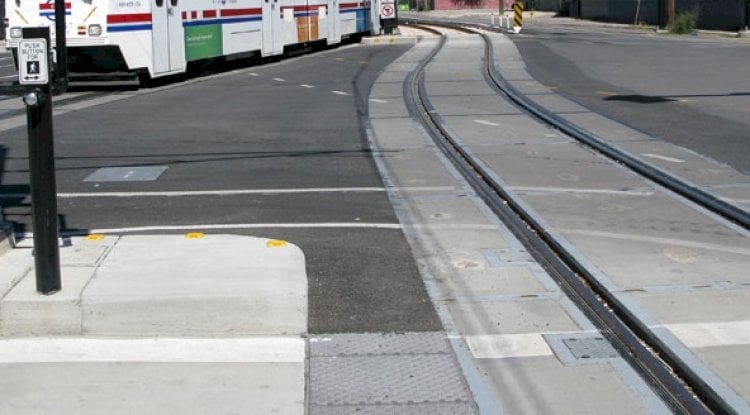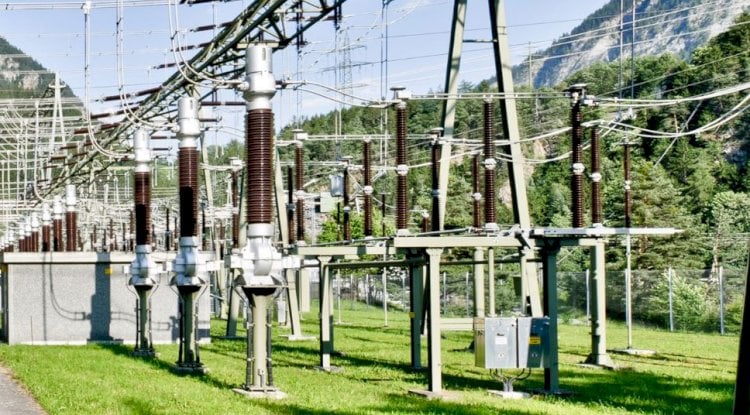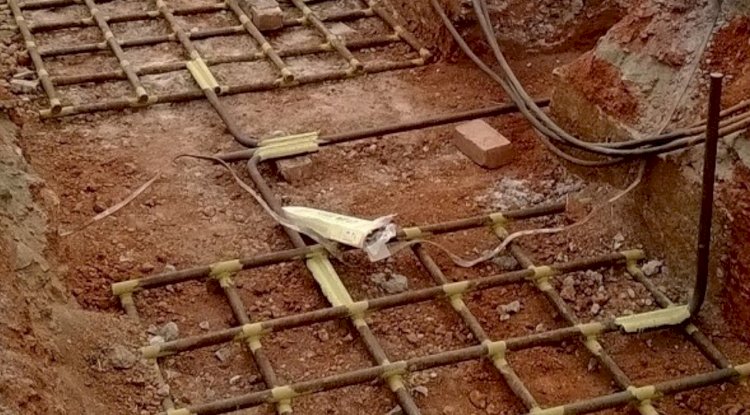Max Asked:
What is the safe maximum voltage at a railroad-highway grade crossing during?
Our Answer:
The safe voltage can be determined through an electrical grounding study that looks at all of the factors present at the railroad crossing. All railroad tracks have some amount of voltage and current on them, but it has to be substantial to be dangerous. Exposure circuits, such as these, are complicated and the safe level depends on a number of factors. For example, rain or standing water can certainly reduce the Contact Impedance of the railroad track and your body.
The real measurement to be worried about is how much electric current flows through the person’s (or animal’s) body. When you touch the rail, do you feel a tingling sensation? The threshold for most people to notice an electric tingle is about 1 mA. This may be enough to warrant raising the concern about this intersection. According to IEEE Standard 1695-2016 IEEE Guide to Understanding, Diagnosing, and Mitigating Stray and Contact Voltage, Stray Voltage is used to describe “the presence of voltage from a wide variety of sources including unintentionally energized objects in the public right-of-way” during normal operating conditions. This is to distinguish it from Contact Voltages, which are “publicly accessible voltages that are the result of an existing fault condition (i.e., a short-circuit or an unintended open-circuit).”
The amount of current that will flow through the person or animal (i.e., the amount of current in the exposure circuit) is dependent not only on the stray or contact voltage present at the point of contact (i.e., the exposure voltage), but on all elements of the exposure circuit (e.g., source impedance, contact impedance, and body impedance). Because the impedances of the exposure circuit are different at every exposure location and can vary with time, the amount of voltage required to create a perceptible current exposure may also be different at each exposure location and for each exposure.
The Institute of Electrical and Electronics Engineers (IEEE) is the premier source for testing and analysis standards in this area. IEEE 1695-2016 – IEEE Guide to Understanding, Diagnosing, and Mitigating Stray and Contact Voltage is a practical document with background and testing protocols.
The Engineering Experts at E&S Grounding Solutions





